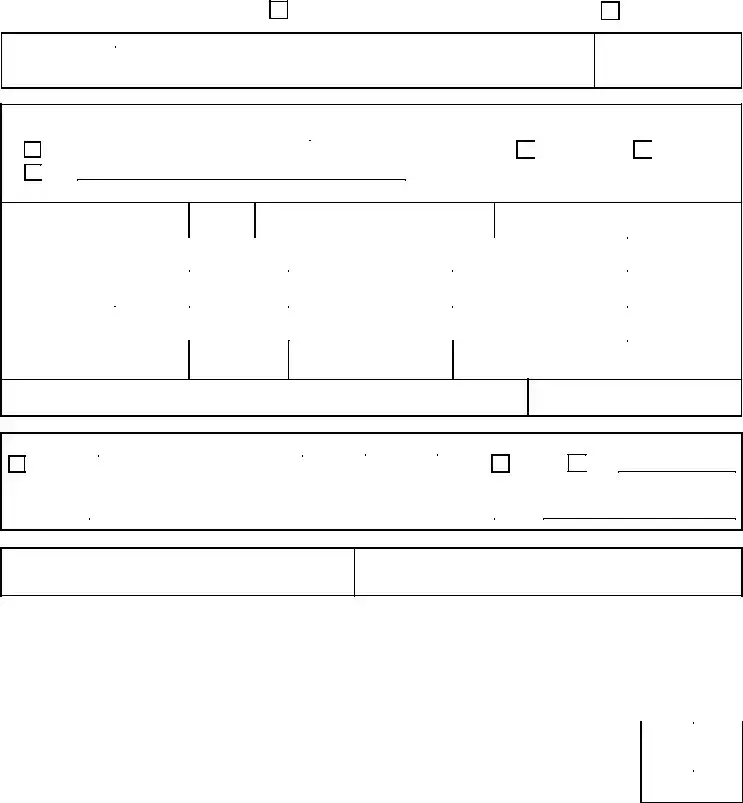Filling out the OHP 515 form can be a straightforward task, yet many people inadvertently make mistakes that can lead to delays or potential penalties. One common error occurs during the entry of the property address. It is essential to accurately provide the borough, house number, and street name. Failing to include the complete address or leaving out key details may lead to miscommunication with the Department of Housing Preservation and Development.
Another frequent mistake involves the registration of multiple properties on a single form. Each OHP 515 form is meant for the registration of only one property. Submitting multiple properties together can nullify the registration and cause headaches for the owner. It’s essential to complete a separate form for each property to ensure accurate processing.
Individuals often neglect to check off the correct box that indicates their relationship to the property in the responsible party information section. This step is not merely a formality; it helps identify the specific role an owner or managing agent plays in relation to the property. Omitting or incorrectly selecting this option can create confusion and potential issues down the line.
Many also forget to include the tax identification number when registering as a corporation or partnership. This information is mandatory and aids the city in tracking ownership structures. Without it, the form may be deemed incomplete and could delay registration.
Using incorrect or illegible writing is another pitfall that individuals face. The instructions specifically recommend using blue or black ink and printing in block letters. If the handwriting is unclear or the colors deviate from the guidelines, processing may be hindered, affecting the reliability of the property record.
Additionally, providing a post office box number can lead to complications. The form explicitly states that post office box numbers should not be used for the property address. Instead, a physical, identifiable address is necessary to ensure accurate correspondence and processing.
Many people also overlook the signature section. It is critical to not only sign and date the form but also to specify the capacity in which one is signing. Failing to fulfill any of these requirements can render the form invalid, prompting a need to re-submit the documents.
Another frequent oversight is neglecting to fill in the phone numbers. This part of the form is vital for communication regarding any issues or questions that could arise after submission. Without contact information, the department may struggle to reach out to the responsible party if necessary.
Finally, it’s important to be mindful of providing information regarding the prior owner. While not always mandatory, mentioning the previous owner, if known, can facilitate smoother processing. Leaving this section blank could potentially raise questions during the registration process.



 Other
Other
 Partner
Partner
 Managing Agent
Managing Agent
 Other
Other